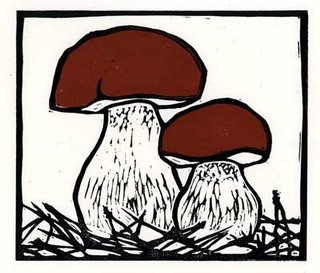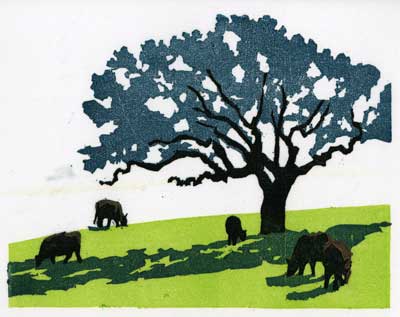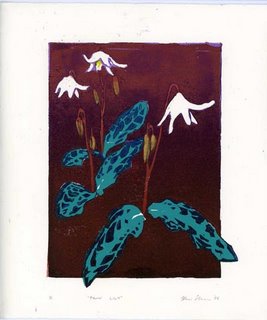
I've started reading Margaret Livingstone's book, "Vision and Art: the biology of seeing". When I first picked it up, I thought I was in for a coffee-table book that skims the surface of this subject, without delving into the meat of perception of color and art. But I've been pleasantly surprised. As an artist, I know that I have to manipulate color and value to create the illusion of whatever it is I'm trying to depict or sugest. And as a science geek, I had a basic grasp of how the anatomy of our eyes determine that an artist can mix just about any color from the three primary colors (red, yellow and blue).
But it never occured to me that there are specific limitations to our color vision. I mean, yes, we can distinguish millions of colors. But we can't distinguish orange light that's spectral, meaning it's composed of light of all one wavelength, from orange light that's a mixture of red light and yellow light.
And I didn't realize that luminance, what an artist might call value, and what everyone else might call brightness or darkness, is processed in a very separate (and evolutionarily older) part of the brain than the color information.
OK, so what's the implication for the artist? I'm still not sure yet. I'm just into chapter three here. But I like a book that has me asking questions and mulling over new ideas.
The image above is a graph of the sensitivity to different wavelengths of light of the three classes of light-absorbing cells (cones) in the human eye, courtesy Mickey P. Rowe at UC Berkeley














